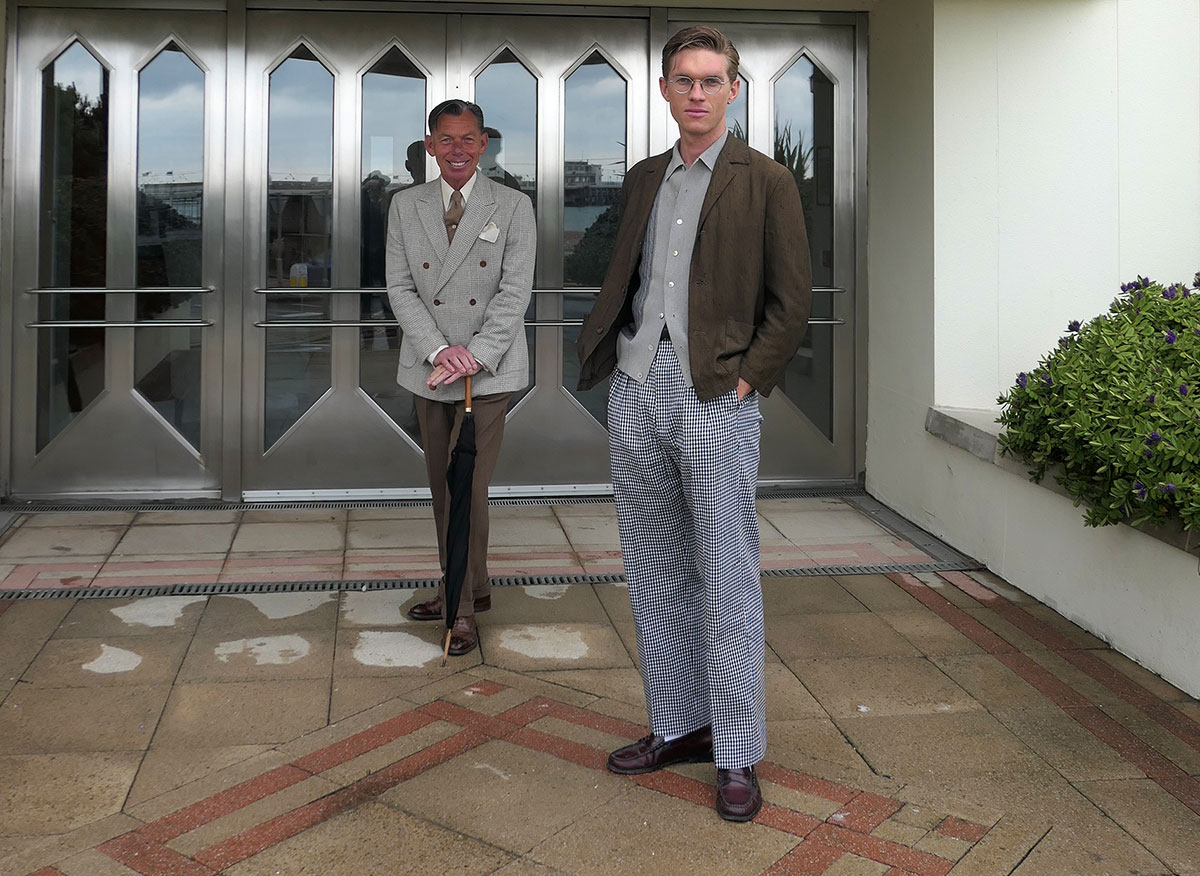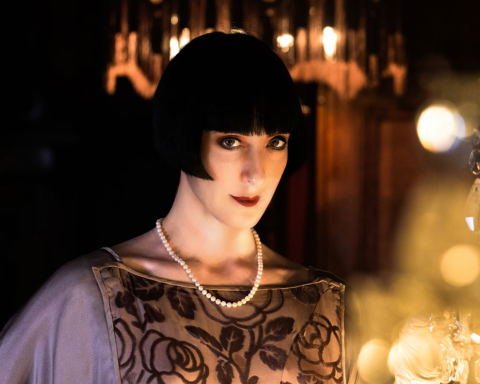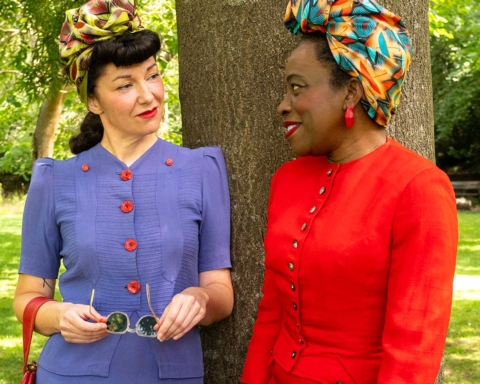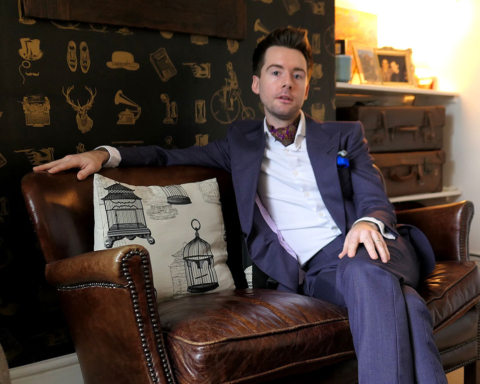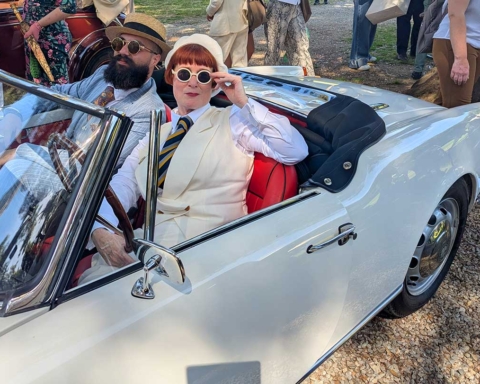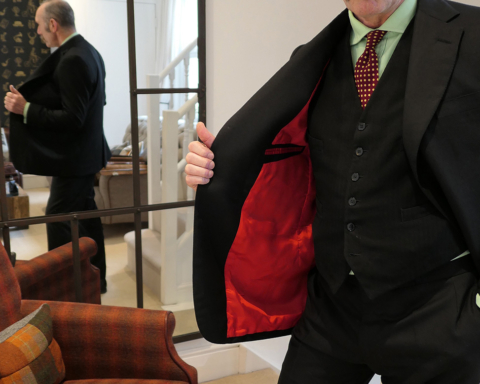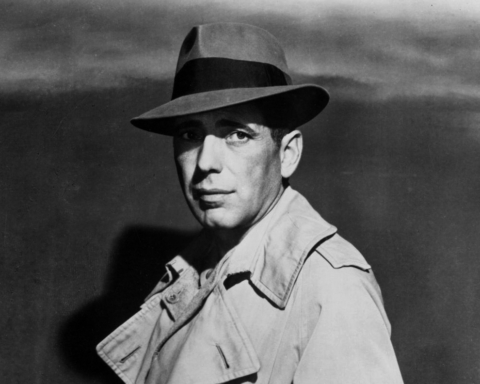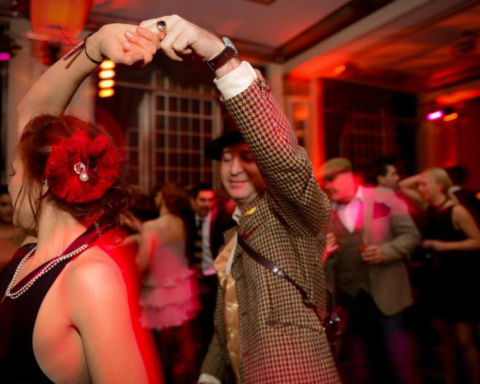A rainy day in Worthing seemed like the perfect setting in which to meet a young fashion designer whose new collection evokes a 1950s French Riviera. John Minns spoke to Scott Simpson about how vintage is the backbone of all his designs, his early mod influences, his views on the paucity of youth subcultures and what exactly retrospective modernism means.

I read on your web site that vintage has been your guiding hand since the beginning?
Yes, vintage is a foundation for me, for the whole brand, for my whole identity. I was born and grew up in Hong Kong, and my dad, who has been a huge inspiration for me and my clothes, brought us up around plenty of old stuff. He took us to school in a Morris Traveller, and he’d pull us along to antique shops, all of which made me appreciate older things. When I was 16 I started getting into scooters, so while at college I got myself a little Vespa. Then I joined a scooter club in Brighton, and they would take me along to soul clubs and teach me what mods were about. I’ve always believed in studying anything as much as you can to build up informed knowledge.
Did your father’s passion for antiques have a bearing on how you studied the mod scene?
Very much so. The clothes I designed at the beginning were an exact reflection of what I needed. The first thing I needed was a duffel bag and I was searching for that specific piece, so I decided to make it.
I never had any formal training, but when I was young my dad would take me to tailor’s shops in Hong Kong. Instead of going to a shop and buying a shirt, he’d go and have one made for the same price, with all the details you want. The ability to create something with the right people who were enthusiastic was so much easier than just going into a shop. The whole process now is not just me making something, it’s the involvement of, for example, the maker in Italy who sends me videos of the yarn arriving at the factory, and his excitement at starting to make things with it. The pattern cutter who remembers something they did in the fifties and bringing that into something new.
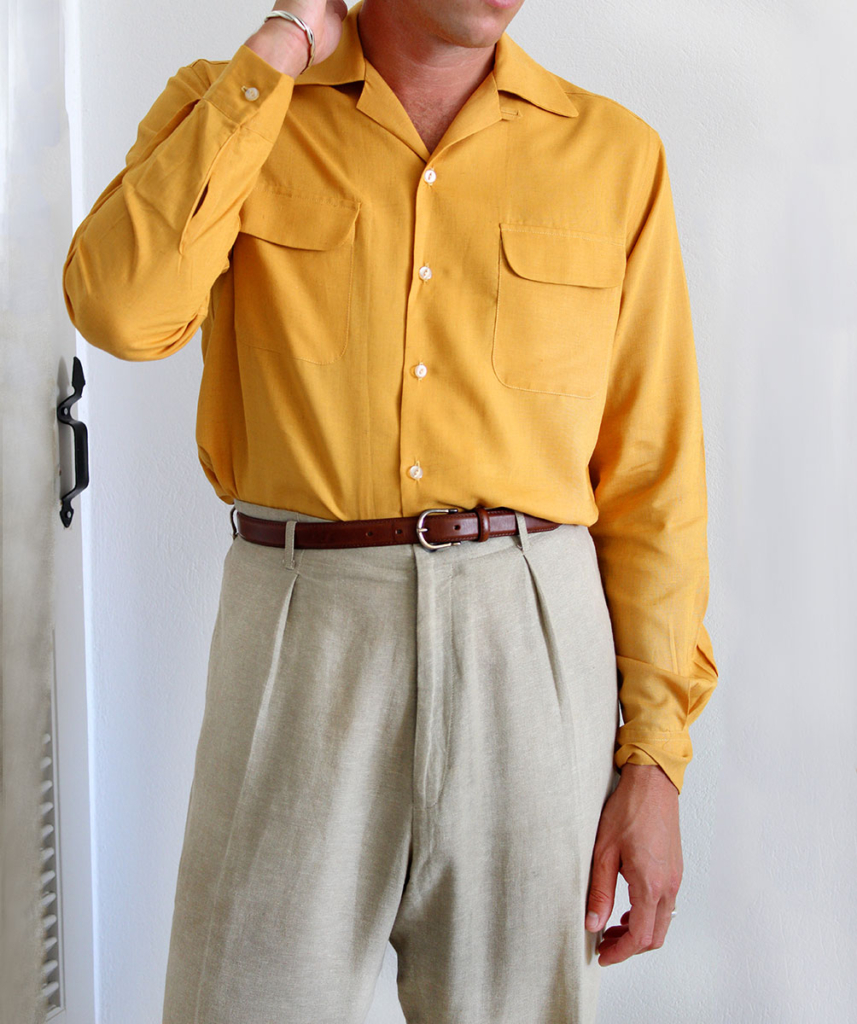
So a personalised service is paramount?
Quite a lot of what I have done with this label is extending that personal touch, and having that connection with the customer. As it grows that becomes more difficult but there is still that thread that runs through. It becomes more difficult to answer a question from a customer about how they should take their waist measurement. However, I’ve not yet reached that point where I lose control of it, even though I can’t answer every email.
This approach certainly benefitted Ralph Lauren and Tommy Nutter.
I love Nutter and am also quite familiar with Edward Sexton’s work. It was really him doing all the work and he continues to do so on his own. I love the element of a house cut and that is essentially a brand and the family side of it; everyone who works there being part of that team or that crew. One thing I hear a lot from people who work on Savile Row is that they have somehow to maintain that look but without alienating too many people. In my opinion, some of them have gone too far into their own thing and end up alienating people, not just on price.

The tailor who really obsessed me was Hardy Amies. One of the first pieces I ever had made was I went to Thailand aged 19 to see my dad, and I had a cape made at a tailor on an island. I’d seen this famous shot from the early sixties (above) of some models wearing Hardy Amies; one had this jacket with side pockets which I drooled over, another had this shawl-collared fur car coat and they all had tiny pork pie hats. I was obsessed with Italian tailoring at the time and its influence on British fashion. So while my girlfriend sat by the pool in Thailand I’d be off to the tailors for fittings, asking to get the club collar just right and the snap-button closure. They loved me and they hated me, but at the end of it I came away with something like ten shirts, three capes and eight suits, all for around £300. From that I saw where I really wanted to be in my work.
Have you ever used vintage fabrics in your collections?
I made a collection a year ago called the Lido Shirts, with a lido collar, broad-striped front in a linen cotton mix. I found the fabric in the back of a mill up in Leeds. I was being shown around the place and we’d go past rooms and I’d say, what’s in there, can I have a look? They attached no value to it; it’s old shit to them! So they might have a few rolls of this amazing fabric and I’d only need to make 20 shirts or so with it, so it was enough for a small limited run.
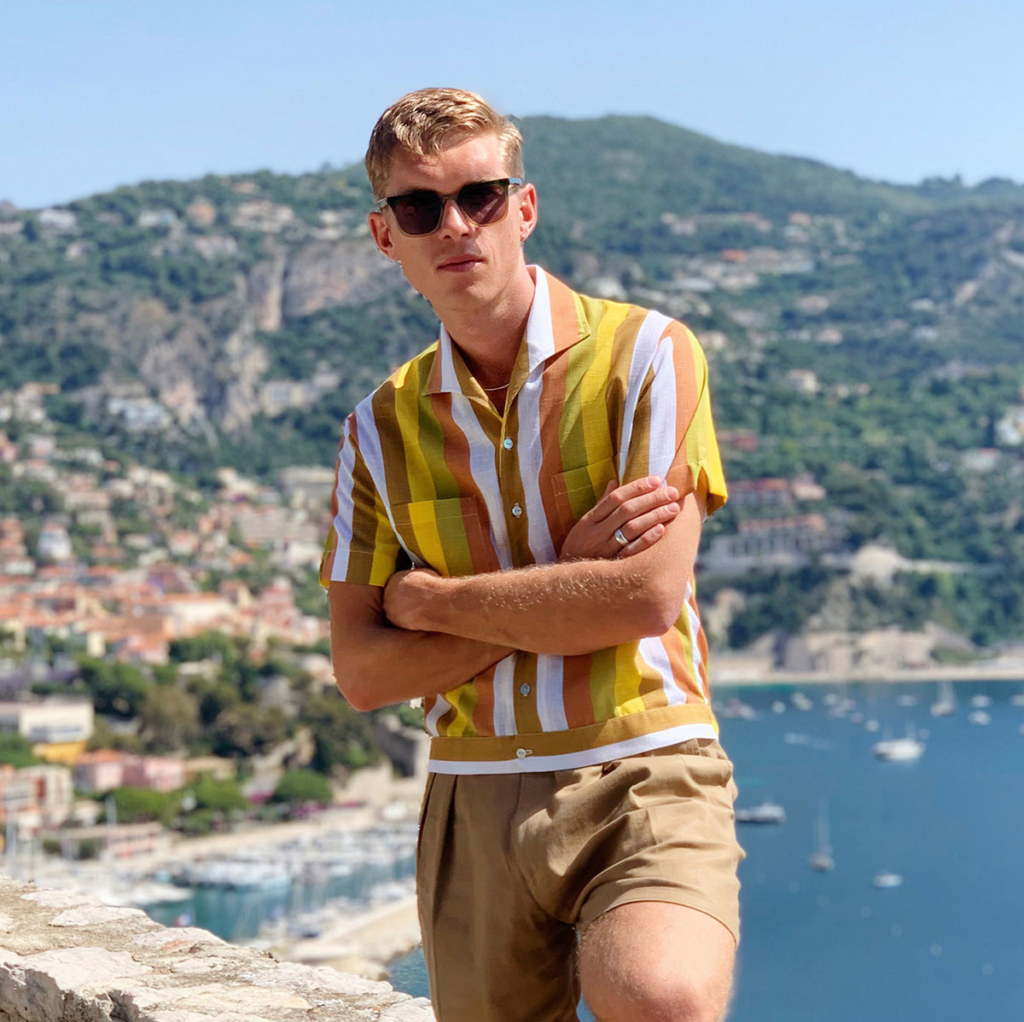
I’ve seen collections I’ve worked on as a freelancer get sold off for 50p to TK Maxx, because potentially they don’t have enough buyers for wholesale. I used to feel really disheartened by that model, not only because you lose the connection with your customer but also because you also lose the ability to do something that’s meaningful. Clothes aren’t just a commodity; they’re a feeling, an idea, an energy. These little details aren’t expensive to add in, but they’re worth it.
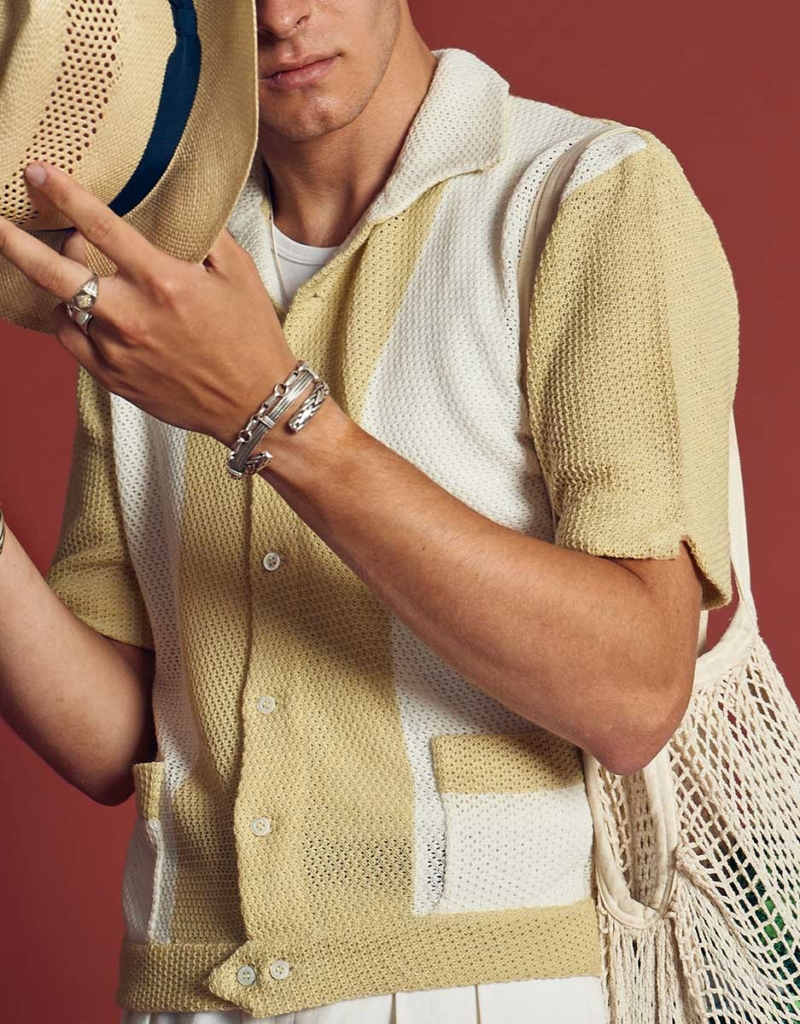
So, like Tommy Nutter, some of your clothes could end up at Christies in the distant future?
The brand philosophy when I started this thing was ‘retrospective modernism’, essentially taking design elements from the past and bringing them into the future, and also preserving them for the years to come. Carrying those good practices through; otherwise, if it keeps going the way it is, the value engineering of clothing – the over-usage of fabric, the wastefulness of collections, the mass consumption – will dilute our clothing into either those only aimed at people who are super anal about clothes, or those for people that just want it for one pound and don’t care where it comes from. It could get so far down that road that clothes will have no meaning at all.
There was great creativity during the Second World War, when there were restrictions on what could be made.
I think that’s the best thing. Out of restrictions or the lack of money comes creativity. Sometimes the people with the least amount of money can do the most with what they have.
Look at the Sapeurs…
Exactly, perfect! It’s pure passion. I met one guy who used to come into Mendoza Menswear, when I worked there. He would give me these DVDs of Sapology from France. I found it amazing that this subculture was still living in these times. Unfortunately we barely have anything now.
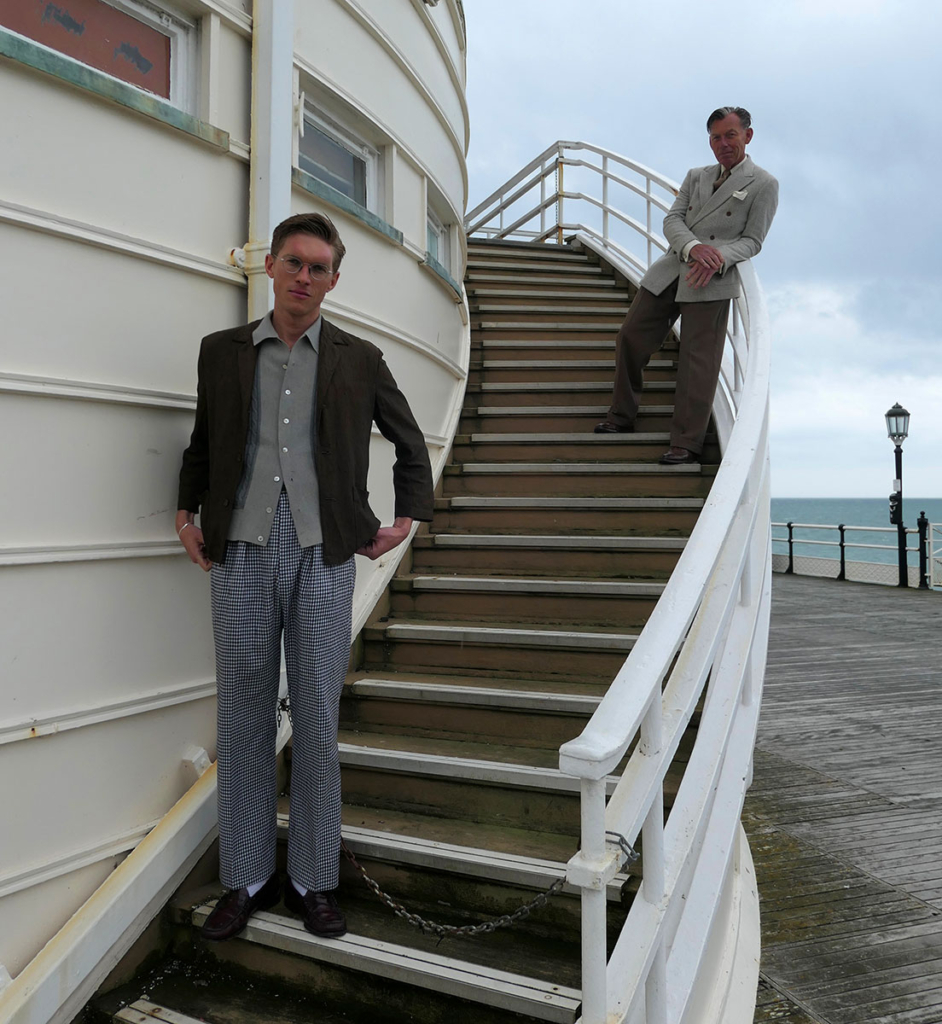
Do you think people in the future might struggle to define what the look of the 2020s was?
There are little trends and things that, with a looking glass in the future, you’ll be able to see. But it won’t be like the nineties, for example, with the drop shoulder, or the power suits of the eighties; there is no defining silhouette for our time. I’m doing my best to think about creating a look, season upon season, collection upon collection, that could endure, and there are people that follow it. Today there’s a lack of subculture and being able to feel freer from the confines of what is acceptable and not acceptable; there are so many tickboxes of what you have to fulfil when you’re dressing.
Do you think there is a conservatism among those of a supposedly fashion-conscious age?
I don’t know for sure, because I wasn’t there at the famous fashion high points of the past, but there’s always going to be that main vein that you can play off. I feel like people are caring less about what clothes are about, and care more about the question of what their clothes will say to people. You might get a group of youths who will react badly to what you’re wearing, but you get one of them on their own and talk about clothes they’ll admit they’re actually quite interested in high-waisted trousers or whatever.
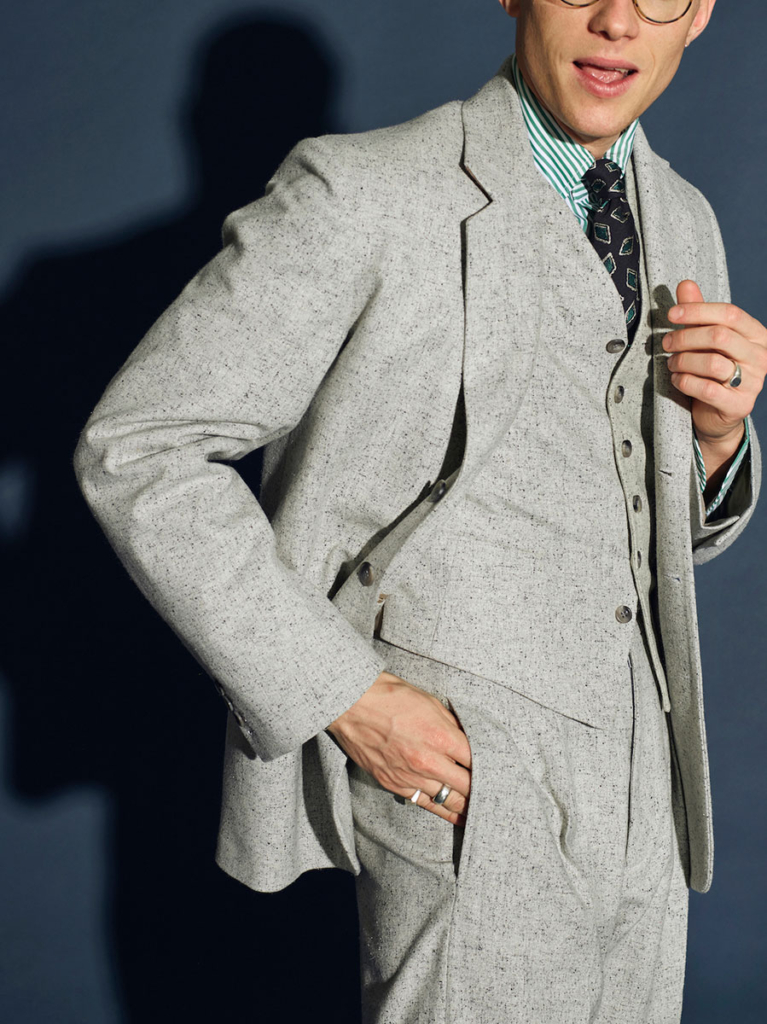
Do you ignore high street fashion when coming up with your designs?
I feel I can get a good sense of where they’re at in fashion. Like the Cuban collar thing, which is now everywhere. What I really enjoy is reaching that guy who says, ‘I’m really interested in high-waisted trousers, what’s that like?’ And then a few months later he says, ‘This has changed my life!’ Or the older guy who thinks, I can’t wear this, it’s for a younger man. Then he tries it and says, ‘This is brilliant!’ I like introducing people of all ages to a different fit; I try to champion a wider cut. Although I came out of the Italian tailored fit, I moved into a much wider, baggier cut. I enjoy the movement of the fabric and the fit and that you could wear something that didn’t necessarily have to be your exact size.
It doesn’t always work, though, does it? You can’t really have a fat mod.
Unfortunately there are quite a lot of them! When I was in the mod scene I always felt a bit stymied by the confines of the idea of what mod should and shouldn’t be. It seemed to be about being an individual and setting yourself apart from the rest, but actually it was always a strain of the same look. Not to knock the mod look at all, because everything I’ve learned about clothing has been through the lens of that mod passion for tailoring and knitwear and being obsessed by clothes. But after a while I needed to take myself out of it because I felt restrained. And by breaking away from it I found this beautiful enjoyment of learning different fits and colours.

